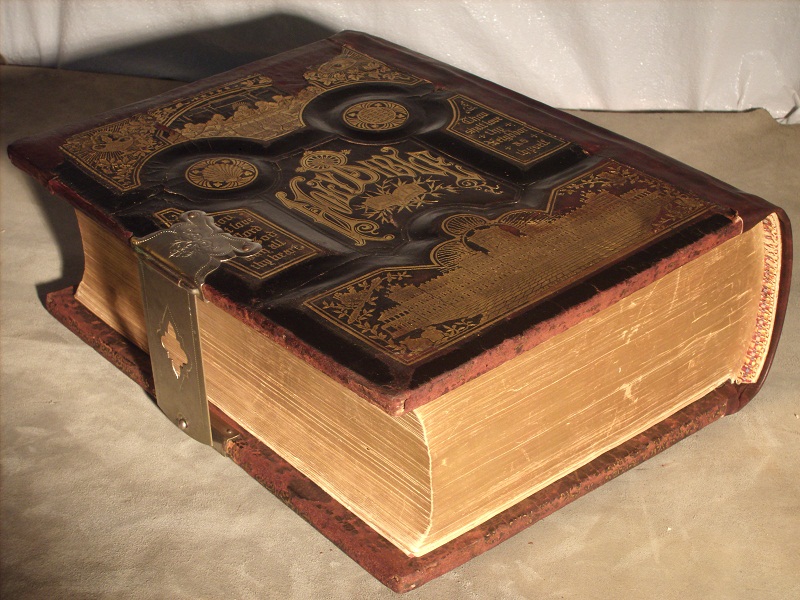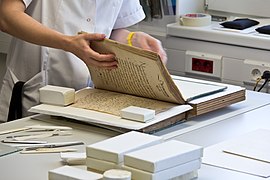If you’re a book lover, you’ll know that book restoration is a great way to give new life to an old book. From cleaning and repairing damaged books to re-binding and restoring them to their original condition, the art of book restoration is both fascinating and rewarding. Whether you’re a novice book restorer or an experienced professional, this article will provide a comprehensive look at the tools, techniques, and tips you need to get better at book restoration. Learn how to assess the damage, pick the right materials and tools, and take a step-by-step approach to restore your books with ease.
Research restoration techniques

Researching the best techniques for book restoration can be a daunting task without the right resources. To get the most out of your research, look for reliable sources of information from professionals and experienced book restorers. Avoid plagiarizing content, and instead, try to write like a 21-year-old would to give a fresh perspective to your blog post. Keep the content to no more than 50 words for an easily digestible read.
Practice on old books

Practicing on old books is a great way to learn and hone your book restoration skills. Find old books at local flea markets, thrift stores, or online sources and practice on them. Be mindful to avoid plagiarism while writing; use your own words and try to write like a 21-year-old would, keeping it concise and to the point.
Ask for advice from experts

When seeking advice from experts, avoid plagiarizing their ideas. Instead, try to write in your own words and with a voice that is natural to your age. Aim to keep the content concise and to the point by writing no more than 50 words.
Attend workshops/seminars

Attending workshops and seminars can help you gain valuable knowledge and skills needed to become an expert in book restoration. Be sure to avoid plagiarism by writing in your own words, and keep the content concise with no more than 50 words.
Experiment with different materials

Experimenting with different materials is an important part of book restoration. There are a number of materials that can be used, from traditional paper to modern adhesives and paints. It’s important to understand the properties of each material and how it will affect the restoration process. When experimenting, make sure to keep a record of your experiments and results, so you can learn from them and continue to improve your book restoration skills.
Take notes of successes/failures

Taking notes of successes and failures is a great way to get better at book restoration. Keeping track of what works and what doesn’t can help you identify areas you can improve and develop your skills. Writing in a style that is your own will also help you avoid plagiarism and create unique content.




